Deciduous Forest: [Concept, Characteristics, Fauna and Flora]
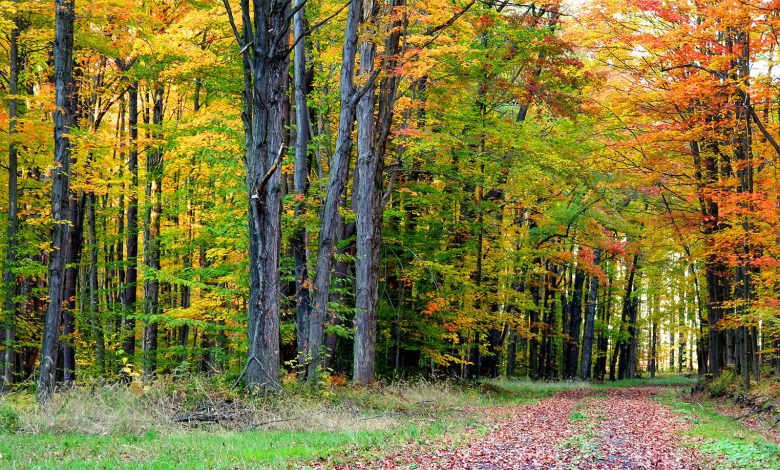
What is a deciduous forest?
Deciduous forest is one that is located in a biome made up of trees and plants that lose their leaves every year due to the cold and dry winter season.
A biome is a certain part of the planet that shares a related climate, vegetation and fauna. Some of the biomes recognized by ecologists are the tundra, coniferous forest, deciduous forest, etc.
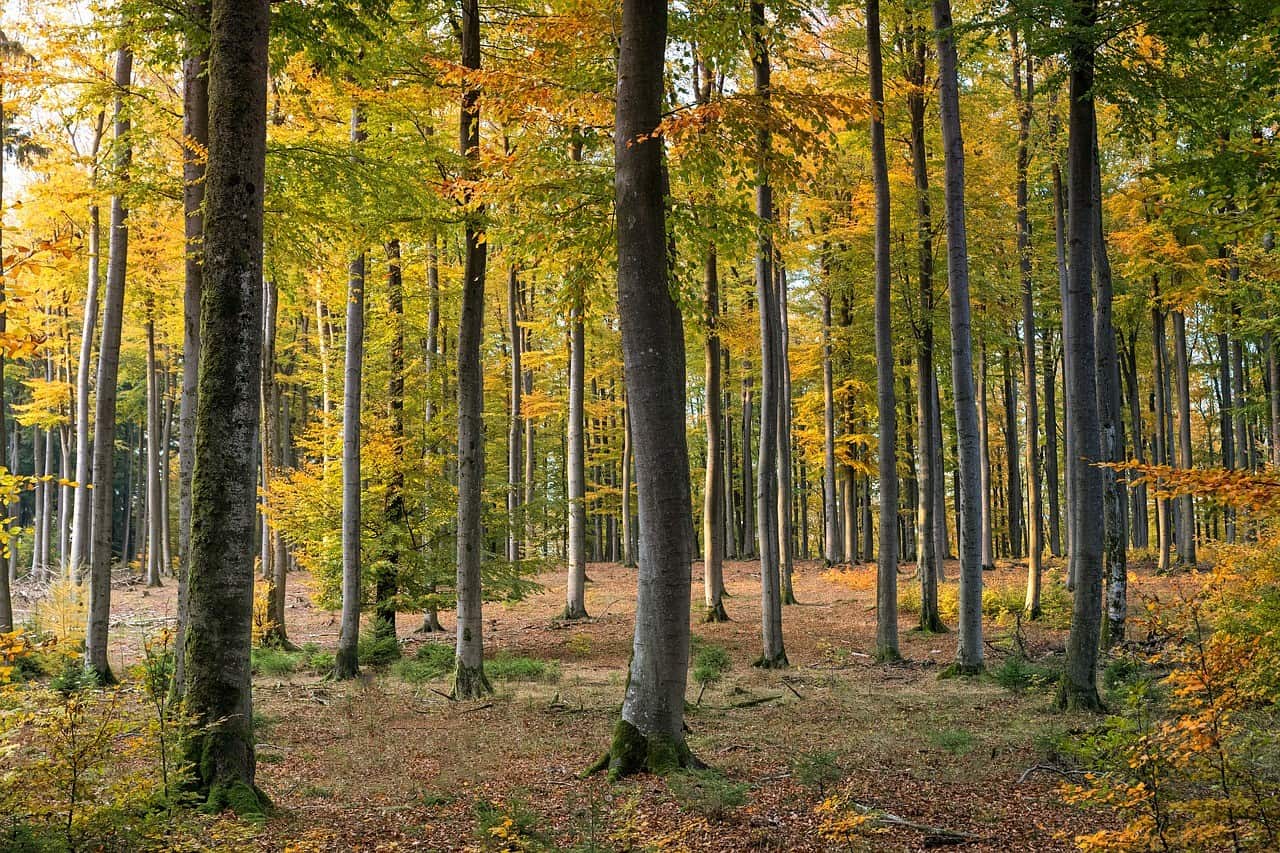 The trees of the deciduous forest are renewed inthe warm and rainy season, with a humid continental climate.
The trees of the deciduous forest are renewed inthe warm and rainy season, with a humid continental climate.
The Earth has temperate deciduous forests and tropical and subtropical deciduous forests, also known aslike dry forests,that provide a wonderful visual spectacle, of fullness because they lavish a lot of peace and chromatic harmony.
Cold temperature forests haveheavy rainfallthroughout the year, up to 1500 mm per year.
In this biome there is precipitation in summer, a season in which evapotranspiration is maximum and the demand for water from the soil is greater, while in spring there is a surplus of water in the soil.
Trees found within these biomes typicallythey tend to lose their leaves during the dry seasonand grow back at the beginning of the rainy season.
In temperate deciduous forests, trees lose their leaves in the fall and grow back in the spring.
For example:Some examples are the elm, beech, oak, and maple forests found in the United States, Chile, Canada, Europe, and Japan. Korea, Argentine Patagonia and European Russia.Did you know…They are forests that have disappeared in many regions; for example, in China they disappeared thousands of years ago due to intensive agriculture undertaken to feed 1.4 billion people.
Large areas were deforested and replaced by farmland and cities over the years.
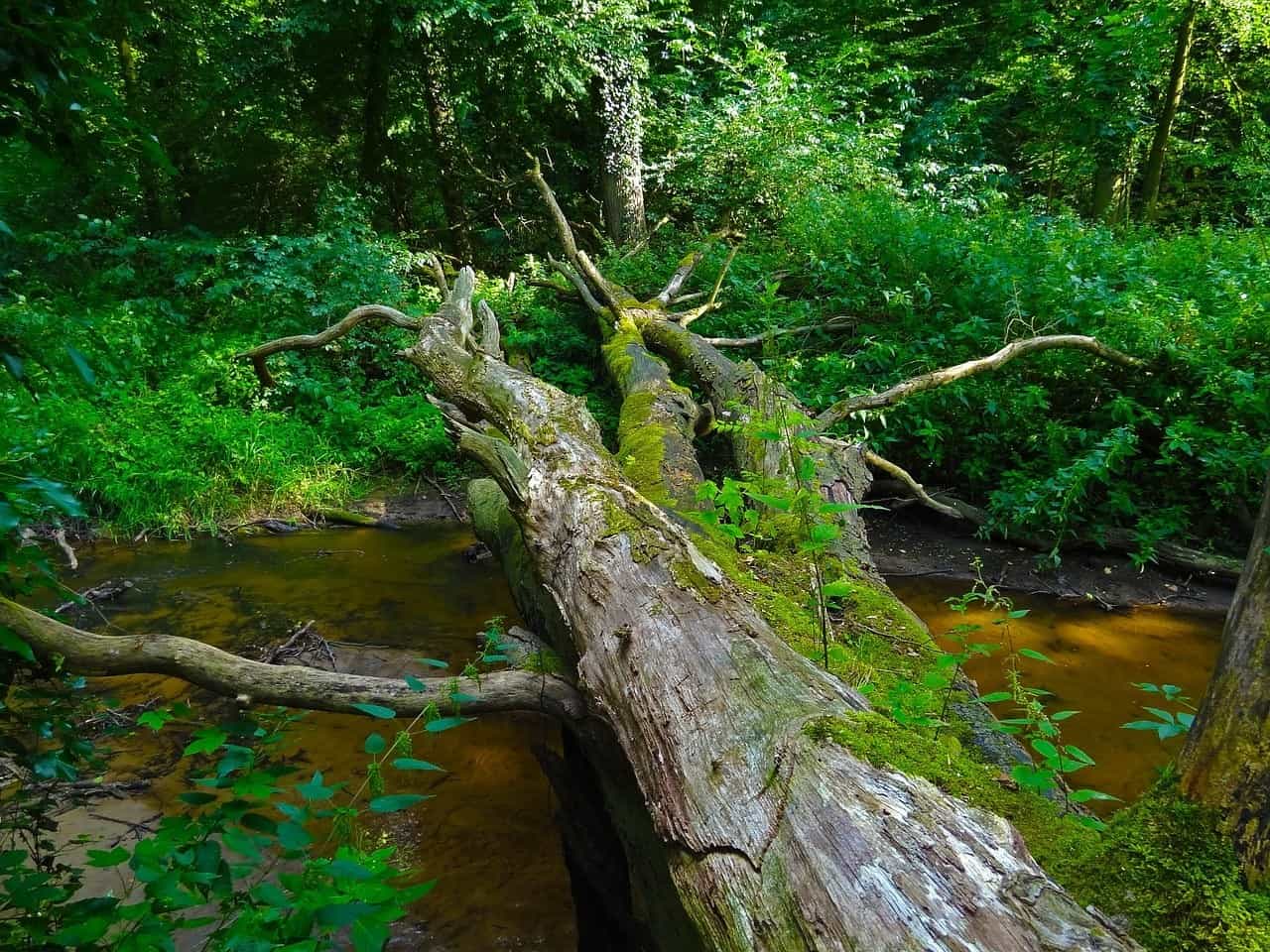 In East Asia the mass of undisturbed deciduous forest is in the mountains of Korea.
In East Asia the mass of undisturbed deciduous forest is in the mountains of Korea.
In Europe there are still some areas that have been preserved over time after being protected as hunting reserves.
In North America, where the great mass of deciduous forest is, they are preserved in the famous Appalachian Mountains.
The soils of this type of forest are brown and, thanks to the fact that they contain a large number of earthworms, their humus mineralizes quite quickly, with sufficient humidity and good aeration.
Due to these properties, soils are particularly favorable to vegetation and in the cold season they only freeze in the most superficial layer.
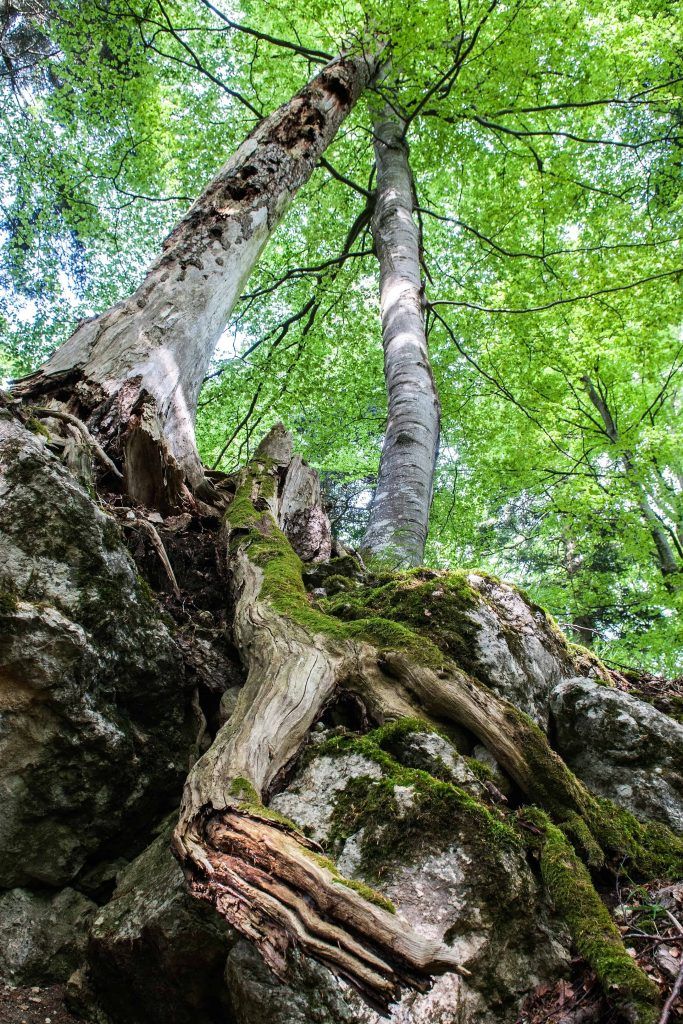
What types of plants and trees live in a deciduous forest?
Adapting to the seasonality of the climate is one of the challenges of the plants of a deciduous forest, some with the quality of absorbing the intense water typical of these regions and solar radiation.
Despite this, there is an immense variety of species that survive in these conditions, since their branches do more than just provide shade; they also provide the necessary nutrients for the tree’s prosperity. An example is the weeping willow.
One of the characteristics of these trees is that they shed their leaves in winter, leaving them with no way of perspiring so they are able to retain the water they need to survive the winter.
There is an immense number of plant species in these forests, inthree layers of vegetation.
- The first formed by lichens, mosses and ferns, wild flowers, and other plants found on the forest floor.
- The intermediate phase is made up of bushes.
- And the third level is made up of rough wood trees such as maple, oak, jacaranda, birch, magnolia and beech.
With them coexist some floral species that have been able to adapt to the conditions of the forest, such as the Monotropa uniflora and the Corallorhiza orchids.
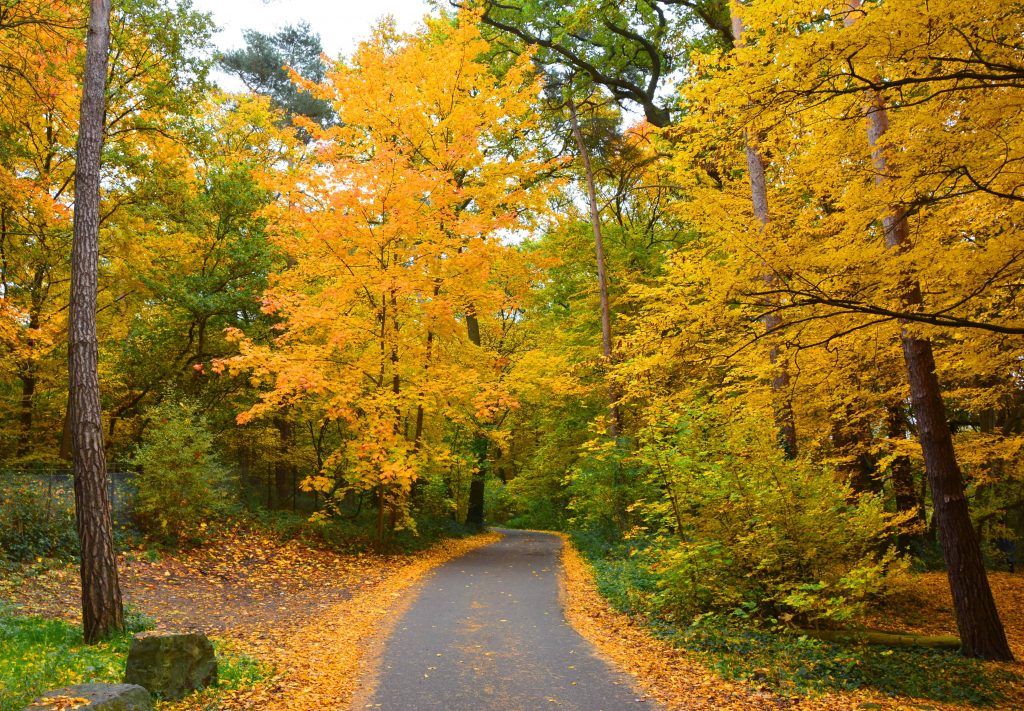
What characteristics does a deciduous forest have?
The principal caracteristicsof these forests are the following:
- The deciduous forest biome experiences all four seasons of the year.
- In deciduous forests, trees adapt to seasonal changes, and in this sense, they shed leaves in winter, sprout leaves in spring, grow full leaves in summer, and change leaf colors in autumn.
- The temperature of the forest does not reach extreme levels and is generally pleasant in summer.
- During the fall season, the leaves on the trees in this biome change color. This is because they stop producing chlorophyll, which gives leaves their green color, during this time.
- The trees that shed their leaves during the winter are very important. After shedding their leaves, trees in this biome go through a dormancy period, during the winter months, where they do not grow or consume excessive amounts of nutrients.
- Deciduous trees are trees with broad leaves. By comparison, most native snow forest trees have pine needles, which are pin-like leaves.
- The soil of this forest is very fertile and rich in nutrients.
- Most of the trees in this biome have sap; they use the sap to prevent their roots from freezing during the winter season.
- Plants in the forest adapt in two ways: first, they lean more toward the sun (for proper photosynthesis), and second, they use their roots to absorb nutrients from the soil.
- The growing season within this ecosystem can take up to six months.
- Black bears, in particular, are the best adapted animals for the temperate deciduous forest biome. They have heavy coats of fur that keep them warm in the winter months.
- To date, a large part of the deciduous forest biomes have been lost to agriculture and urbanization. Many of the animals that are native to this ecological habitat have been displaced and have lost their homes.
- Deciduous forest biomes are also important to human lives. They are a great resource for food, wood, and oxygen.
- But humans are also causing damage to these ecological areas. Indiscriminate logging has reduced the forests.
- Indeed, deforestation has tended to destroy these forests, because wood is one of the main products obtained at the cost of the sacrifice of trees, so much of this biome has disappeared, especially in North America and Europe.
- Another characteristic is that its soils are nutritious and because they are so valuable for agriculture, they have given way to human development to the detriment of nature.
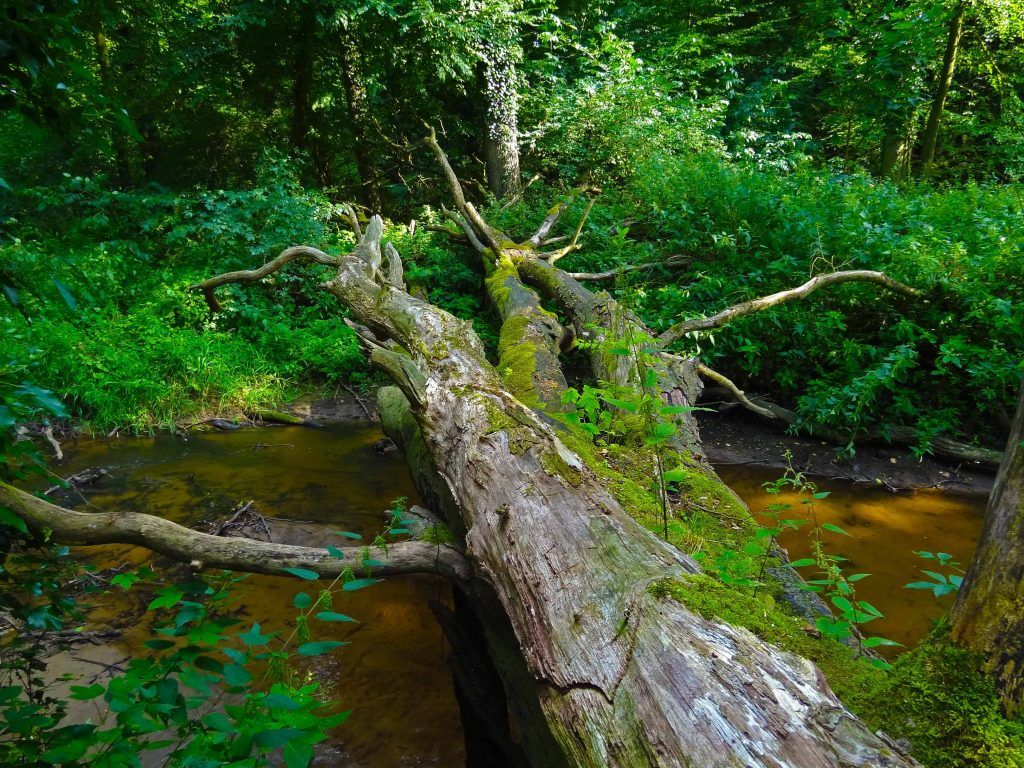
Fauna of deciduous forests
The fauna is varied. It is made up of small rodents, such as squirrels and mice; herbivores, such as deer and wild boar, and carnivores, such as martens, badgers, foxes and lynxes, among others.
In winter, the forest changes a lot. Birds migrate to warmer areas, reptiles stop their activity and bears hibernate and survive thanks to the fat they store during the summer and autumn.
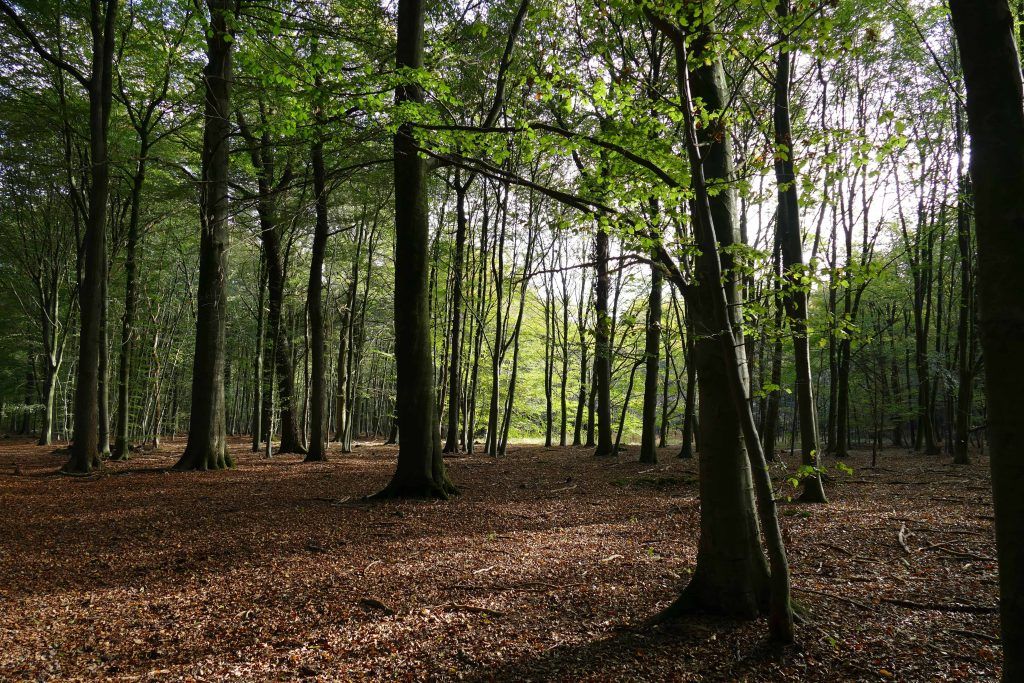
In what climates and temperatures do deciduous forests reside?
The deciduous park biome is the second wettest of the year, receiving around 30 to 60 inches of rain, second only to the rainforest.
It thrives in relatively cool, temperate climates such as the humid continental climate type, such as in North America and Asia and central and eastern Europe.
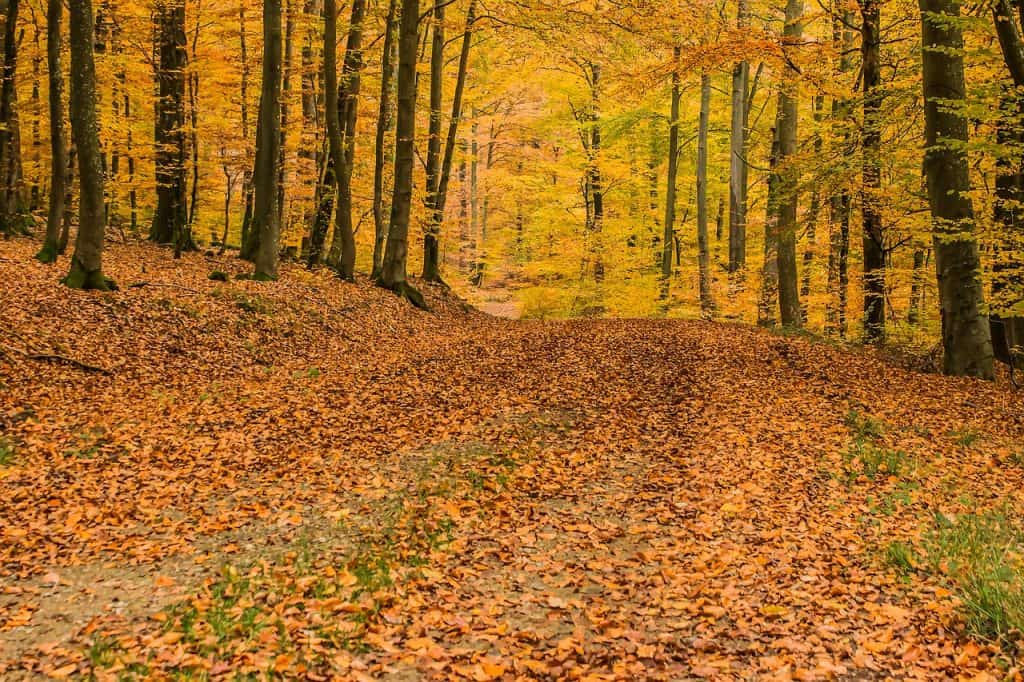 Rainy climate regions with hot summers and cold winters. The average temperature of the coldest month is between -5 and +5ºC.
Rainy climate regions with hot summers and cold winters. The average temperature of the coldest month is between -5 and +5ºC.
Precipitation is quite abundant, from 200 to 1,500 mm, with humidity throughout the year.
Winters are cold and summers are hot, with abundant and well-distributed rainfall throughout the year.
There is only a small water deficitin late summer, but in spring there is a high surplus of water in the soil.
In other temperate regions there are other types of trees that do not belong to the deciduous forest biome.
These are the temperate evergreen forests, much more diverse than the deciduous ones, which live in temperate and humid climates, but warmer.
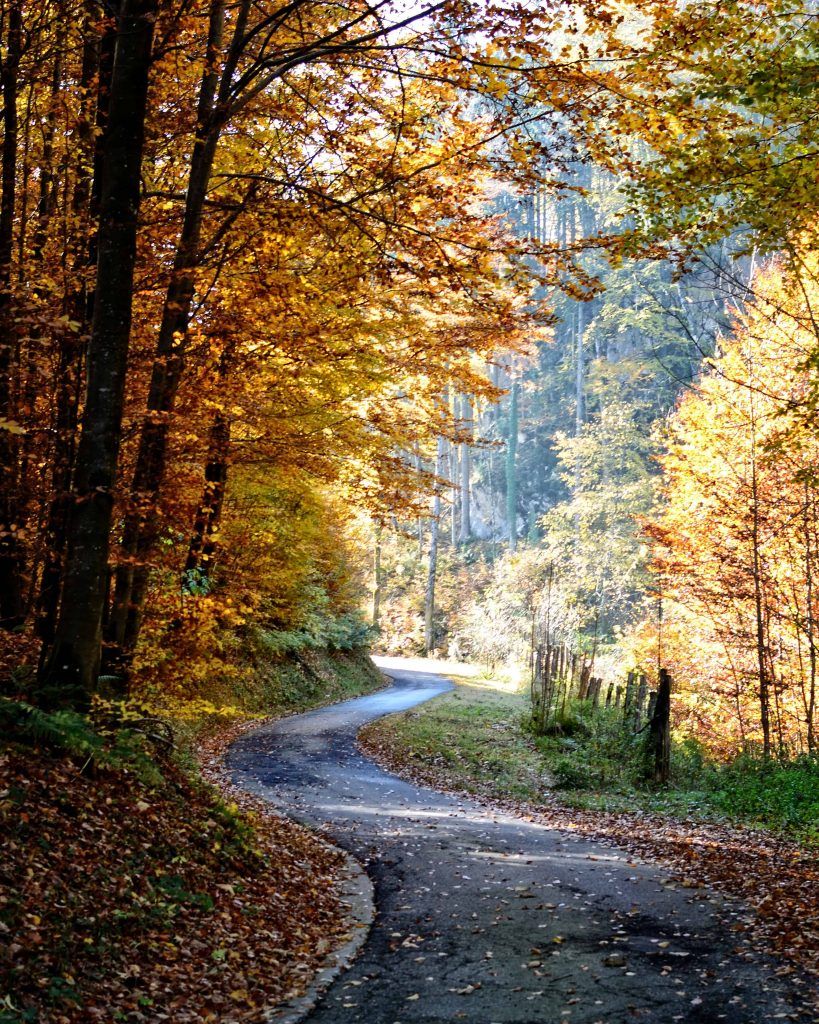
In which regions can we find these forests?
The deciduous forest itself only exists on one of the continents, in Europe, more specifically in the area of the Pyrenees, Ireland, the United Kingdom and most of France, Germany, Denmark and other countries in central Europe.
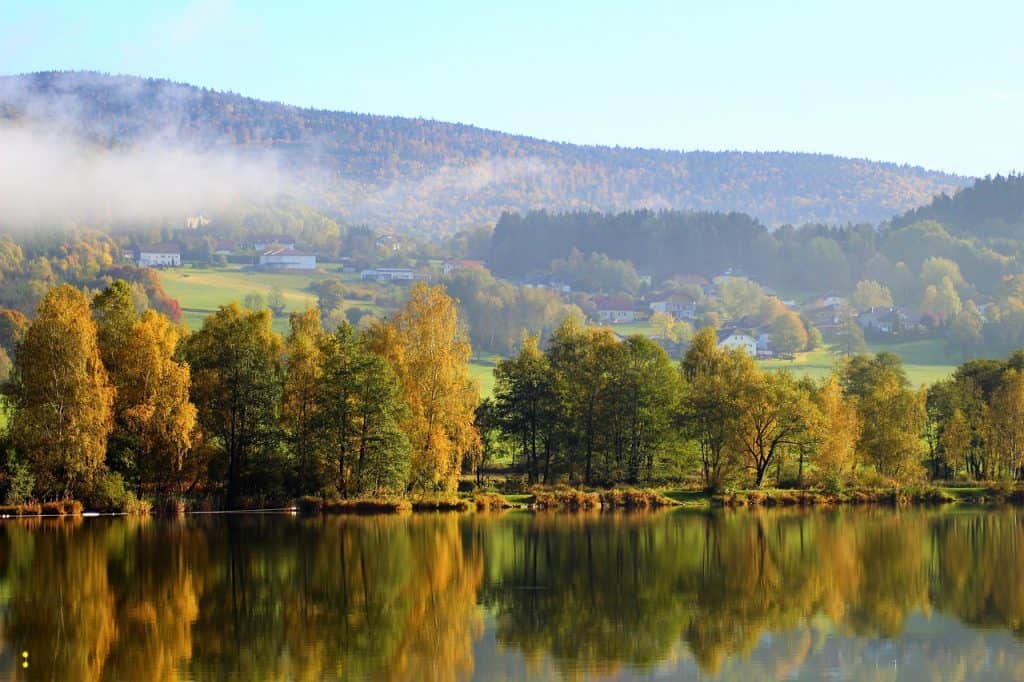 Deciduous forests are generally located between35º and 60º latitude on the western coasts of Europe.
Deciduous forests are generally located between35º and 60º latitude on the western coasts of Europe.
In addition to those in Europe, deciduous forests are also known in Asia and much of North America.
Some deciduous forests include Northeast China, the United States’ Great Smoky Mountains National Park, and the renowned European temperate deciduous forest.
But the largest temperate forest biome in the world is found in the northern part of Russia and in the Scandinavian countries. Here you will find 3.5 million square kilometers of land covered with trees.
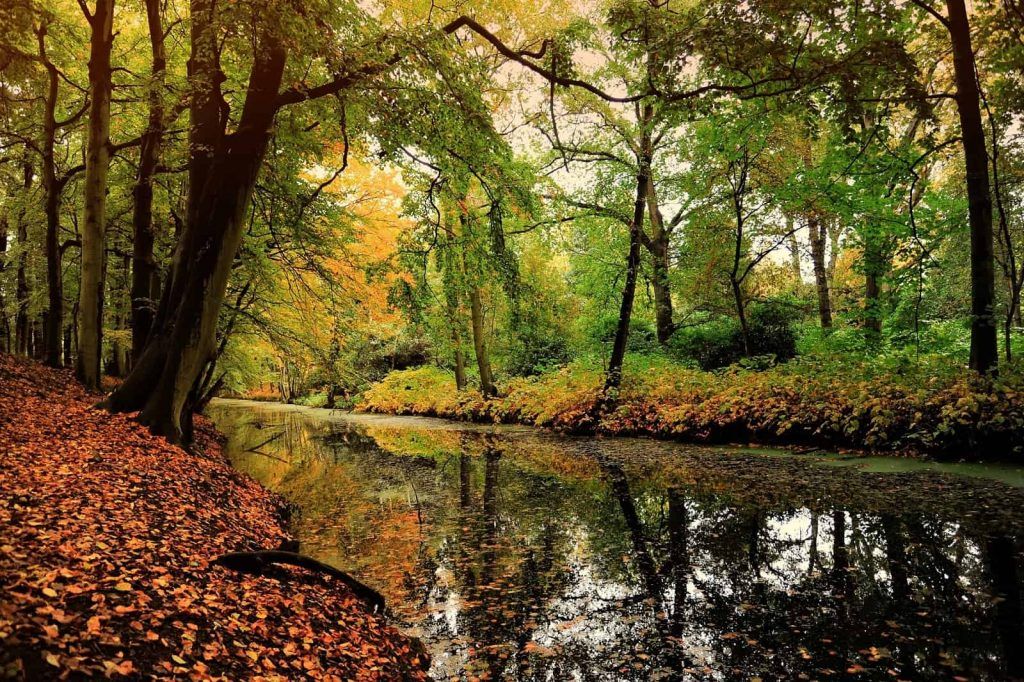
Bibliography and references
-
[HTML] Phytosociological study of the Magellanic deciduous forest in the northern limit, J San Martín, A Troncoso, A Mesa, T Bravo, C Ramírez – Bosque, 1991 – books.google.com
-
Floristic characterization and syntaxonomic position of deciduous forests of Nothofagus alpina (Poepp. et Endl.) Oerst. in south-central Chile, W Pollmann – Phytocoenologia, 2001 – schweizerbart.de
-
Establishment, growth and shade tolerance strategies in a mature deciduous forest of the Cantabrian Coast, VR Ortiz – Notebooks of the Spanish Society of Sciences…, 2005 – dialnet.unirioja.es
-
[PDF] Spatial characterization of the remnants of the Southern Deciduous Forest, CEG VERA – 2011 – cybertesis.uach.cl
-
PDF] …), potential pollinators of twelve species of Rosaceae in the thorn forests and brambles of the edge of deciduous forests (Prunetalia spinosae Tüxen …, JL Ruiz – Bulletin of the Royal Spanish Society of History …, 2016 – rsehn.es
-
[PDF] Structural heterogeneity and spatial patterns in a mature deciduous forest: Implications for restoration and sustainable management, VR Ortiz – Forestry Congresses, 2005 – core.ac.uk
-
[BOOK] Ecological restoration for native ecosystems affected by forest fires, I Fernández, N Morales, L Olivares, J Salvatierra… – 2010 – researchgate.net
-
[PDF] Litter balances in two forested streams: impact of eucalyptus plantations on the ecological functioning of a lotic system, J Molinero, J Pozo – Limnetica, 2003 – Citeseer
- [BOOK] Rivers and lakes: deciduous forest. Salvat Ed., 1977
- Biology: Life on Earth – Page 870 Teresa Audesirk , Gerald Audesirk , Bruce E. Byers 2003

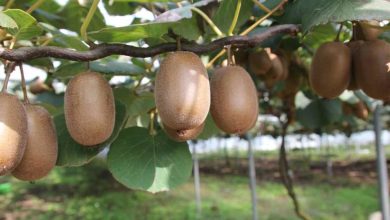
![Photo of How to Plant Padrón Peppers: [Complete Guide]](https://www.complete-gardening.com/wp-content/uploads/2022/08/how-to-plant-padron-peppers-complete-guide-390x220.jpg)
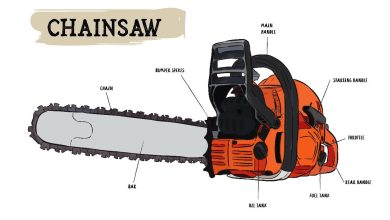
![Photo of Hanging Plants: [Planting, Care, Examples, Irrigation and Images]](https://www.complete-gardening.com/wp-content/uploads/2022/08/2_Lobelia-300x225-1-300x220.jpg)